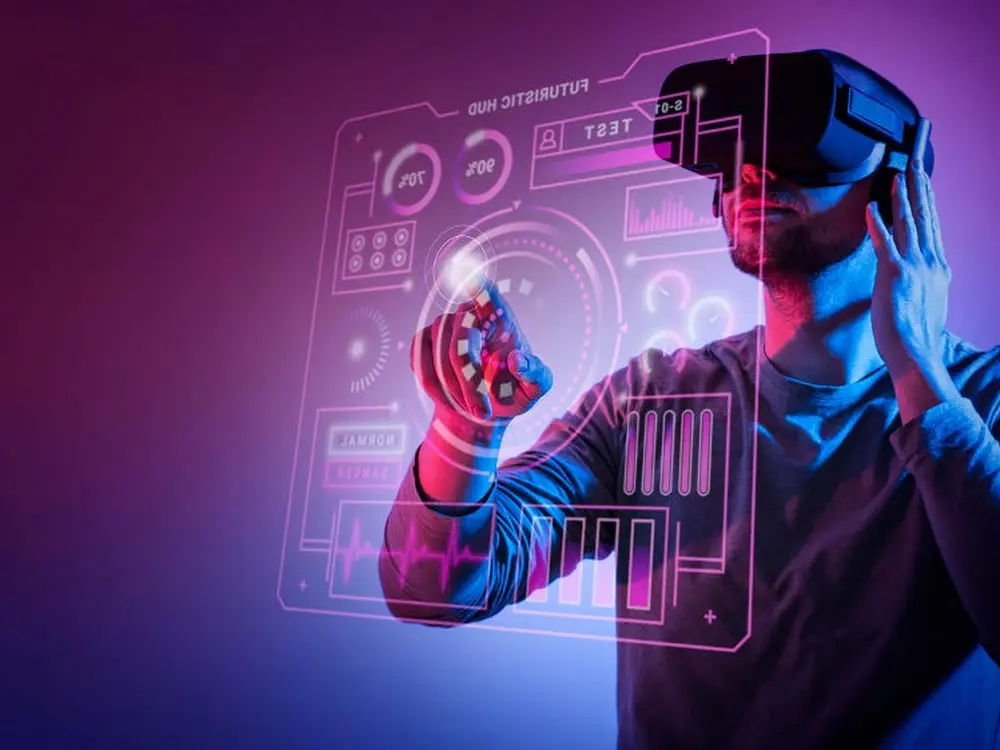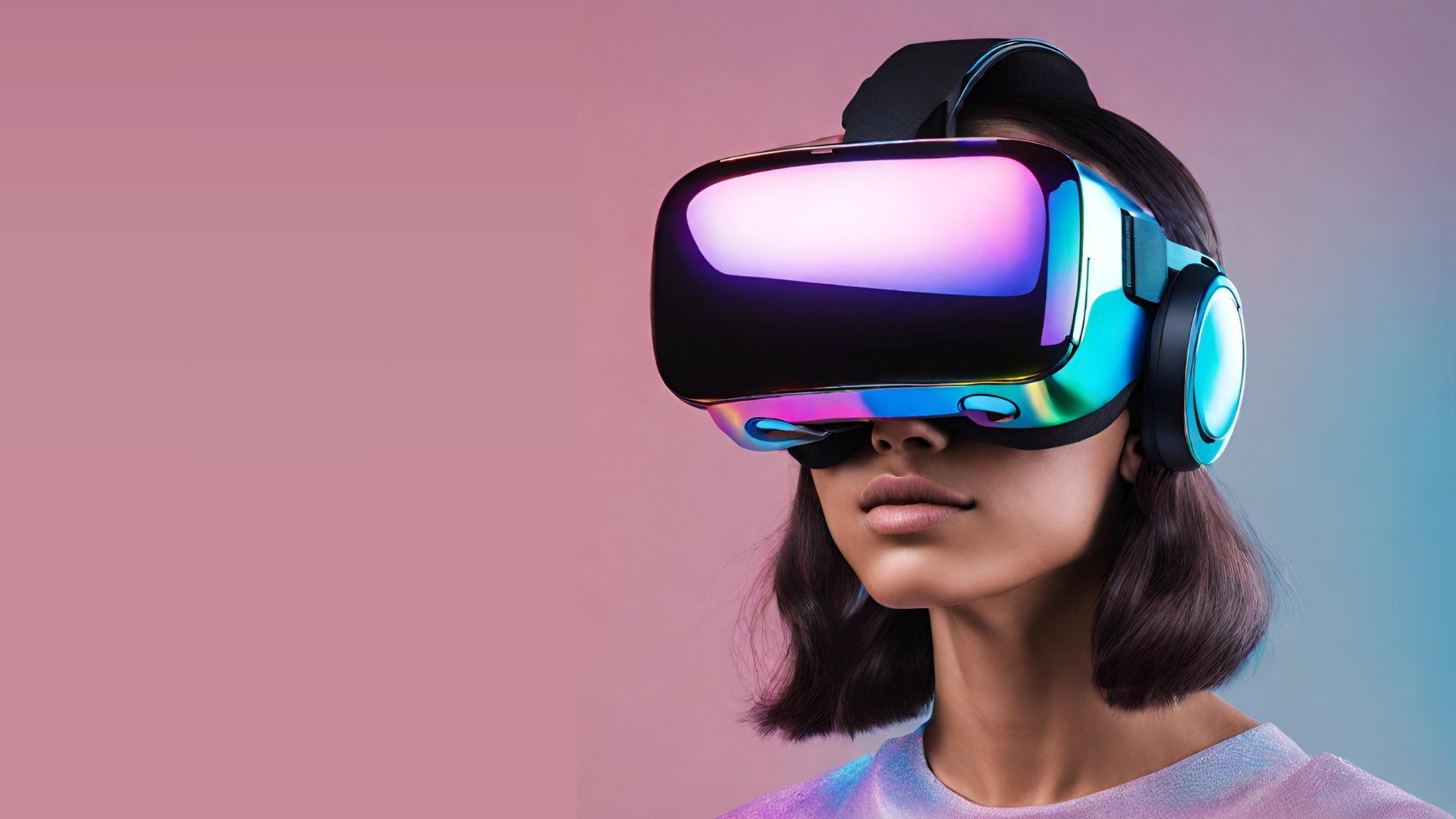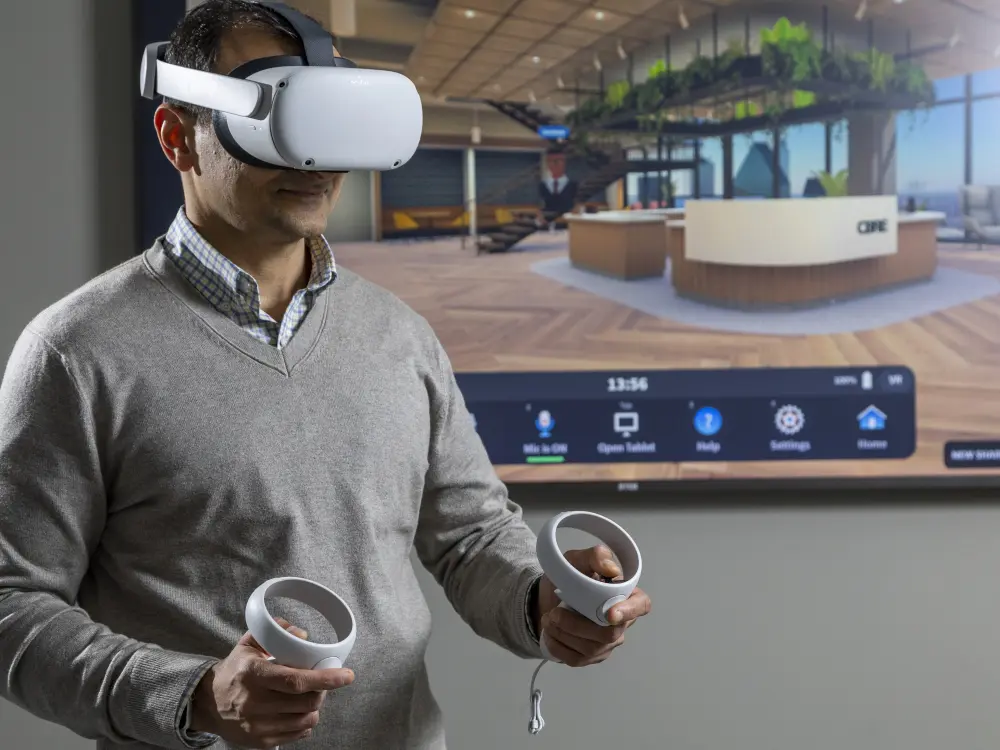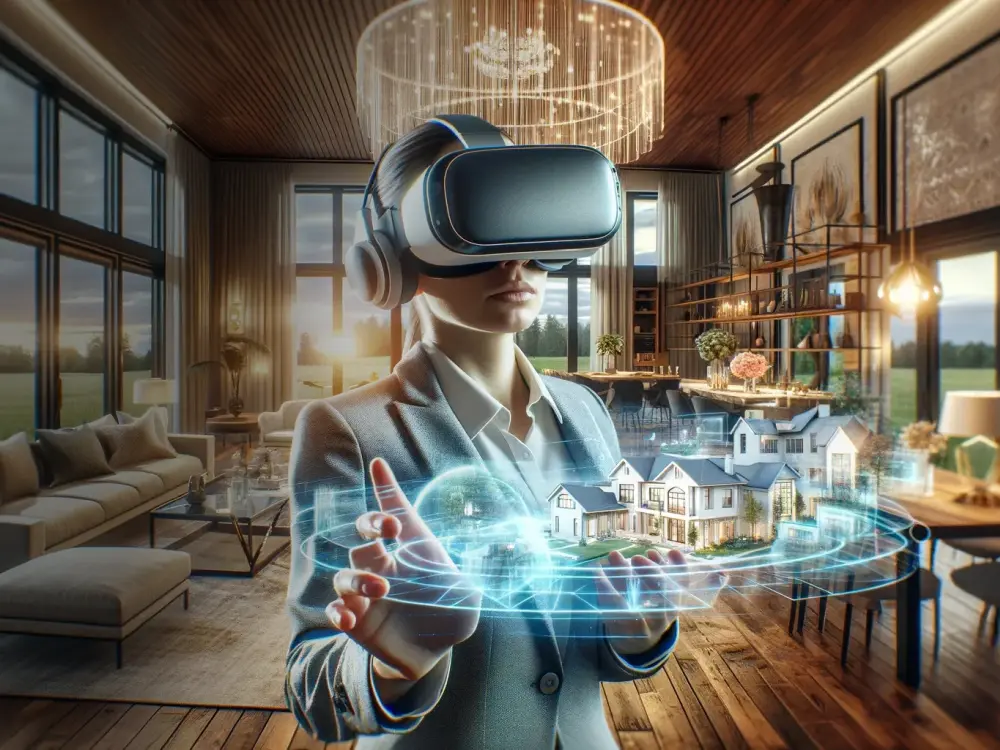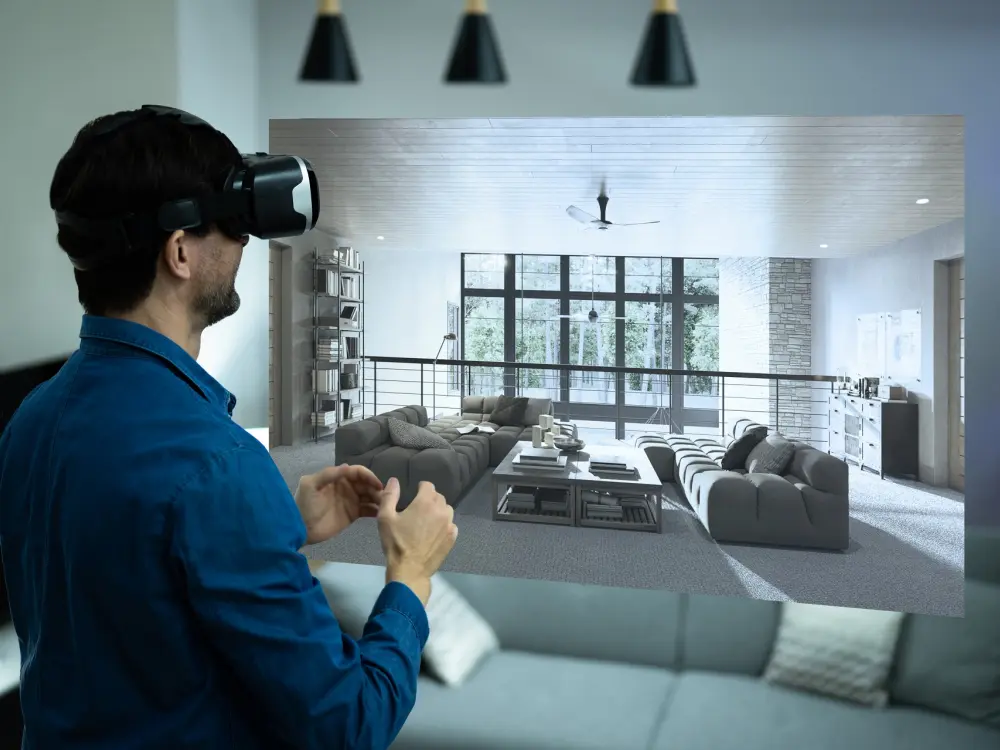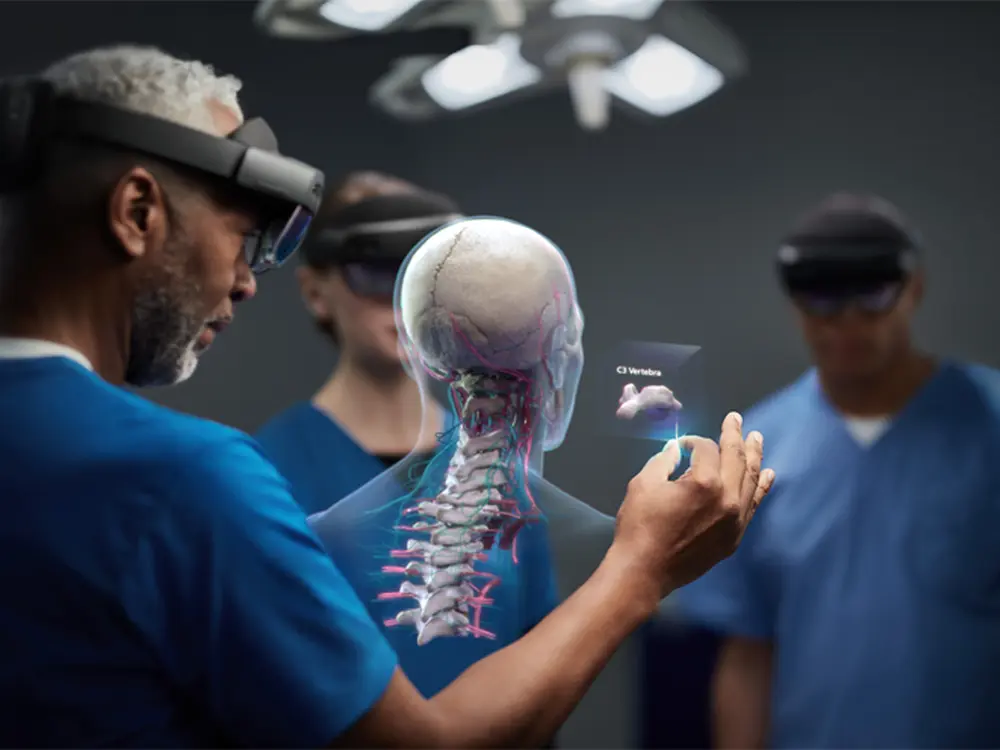In the ever-expanding landscape of digital innovation, few realms captivate the imagination quite like 3D virtual worlds. These immersive environments transport users to fantastical realms and lifelike simulations, blurring the lines between reality and imagination. At the heart of these wondrous realms lie a myriad of cutting-edge technologies, each playing a crucial role in bringing these digital dreams to life. Join me as we delve into the technological marvels powering 3D virtual worlds, exploring the innovations that make the impossible possible.
Rendering Realities: The Power of Advanced Graphics
Central to the immersive experience of 3D virtual worlds is the breathtaking visual fidelity made possible by advanced rendering technologies. From photorealistic textures to dynamic lighting effects, modern graphics engines breathe life into virtual landscapes, creating environments that are as captivating as they are believable. Through techniques such as ray tracing and global illumination, developers can simulate the behavior of light in real-time, resulting in scenes that are indistinguishable from reality. As hardware capabilities continue to evolve, the boundaries of visual fidelity in 3D virtual worlds are pushed ever further, promising even more immersive experiences for users.
Harnessing the Potential of Virtual Reality (VR) and Augmented Reality (AR)
While 3D virtual worlds have long been experienced through traditional screens, the advent of virtual reality (VR) and augmented reality (AR) technologies has ushered in a new era of immersion and interactivity. VR headsets transport users to entirely virtual environments, where they can interact with objects and other users in three-dimensional space. AR, on the other hand, overlays digital content onto the real world, blending the virtual and physical in exciting new ways. Whether it’s exploring ancient ruins in VR or overlaying digital blueprints onto a construction site in AR, these technologies offer limitless possibilities for exploration and discovery in 3D virtual worlds.
Dynamic Interactivity: From Physics Simulations to AI NPCs
Key to the immersive nature of 3D virtual worlds is the sense of agency and interactivity afforded to users. Behind the scenes, sophisticated physics engines simulate the behavior of objects and characters, allowing for realistic interactions and dynamic environments. Whether it’s the satisfying weight of swinging a virtual sword or the lifelike movements of AI-controlled NPCs, these simulations add depth and realism to the virtual experience. Additionally, advances in artificial intelligence enable NPCs to exhibit complex behaviors and interact with users in meaningful ways, further blurring the line between human and computer-controlled entities.
Collaborative Creation: Tools for Building Worlds Together
Empowering users to become creators themselves, 3D virtual worlds offer a wealth of tools for building and sharing digital experiences. From intuitive level editors to powerful 3D modeling software, these tools allow users to bring their creative visions to life with ease. Collaborative platforms enable multiple users to work together in real-time, fostering a sense of community and shared ownership over virtual creations. Whether it’s designing a virtual art gallery, constructing a multiplayer game world, or crafting a digital replica of a real-world landmark, these tools empower users to explore their creativity and share their creations with the world.
Security and Safety: Safeguarding Users in Virtual Spaces
As the popularity of 3D virtual worlds continues to grow, ensuring the safety and security of users within these digital environments becomes paramount. From protecting against cyberattacks to preventing harassment and abuse, developers must implement robust security measures to safeguard the well-being of their users. Additionally, features such as content moderation tools and user reporting systems help maintain a positive and inclusive community atmosphere, fostering an environment where users can explore and interact with confidence.
The Future of 3D Virtual Worlds: Pushing the Boundaries of Possibility
As we peer into the future of 3D virtual worlds, one thing is clear: the possibilities are limitless. From advancements in graphics rendering to the proliferation of VR and AR technologies, the future promises even more immersive and interactive experiences for users. As developers continue to push the boundaries of what’s possible, we can expect to see increasingly lifelike simulations, more intuitive creation tools, and new ways for users to connect and collaborate in virtual space. In the boundless realms of 3D virtual worlds, the journey of exploration and innovation is just beginning.
In conclusion, the technological marvels powering 3D virtual worlds represent a convergence of art, science, and imagination. Through the relentless pursuit of innovation and creativity, developers continue to push the boundaries of what’s possible, offering users the opportunity to explore, create, and connect in entirely new ways. As we look ahead to the future, let us embrace the transformative potential of these technologies and embark on a journey of discovery into the boundless realms of 3D virtual worlds.

